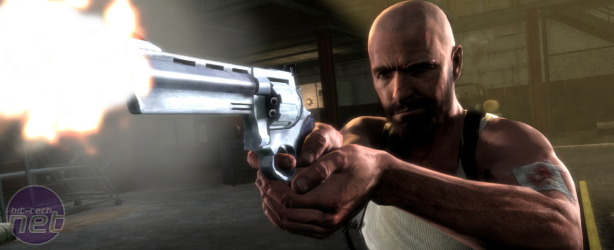
Max Payne 3 PC Analysis
Max Payne 3 ReviewWe may as well admit it, but when Max Payne 3 was first released after a nine year gap in the series, we were a little disappointed. Not at the game; Rockstar's interpretation of Remedy's PC classic is faithful to the tone of the original games and features some of the best bullet-slinging we've seen this year. It has its flaws, mainly in the form of a few incongruous turret sequence, but these don't bother us too much.
No. Instead, what annoyed us was that Max Payne 3 was initially only released on consoles, with the PC version delayed until earlier this week. It's a worryingly common pattern for major releases nowadays.
The good news though is that, now it's released, the PC version of Max Payne 3 is revealed to be a significant improvement on the previously released console version of the game. There's been a slew of graphical updates made to the game, making Max Payne 3 one of the most gorgeous PC shooters we've seen in recent years.
For once, these improvements aren't just general tweaks that only slightly - or imperceptibly - improve the look either. Rockstar claims that every single game asset has been retreated for the PC version, with texture sizes now four times larger than they were on the console release. The downside is that the game now needs 35GB of space to install too, though that's hardly an issue for modern SSDs.
"We developed the PC version in parallel with the consoles instead of a direct port," says Rockstar. "The PC is the only platform where you can really max out the high end if you want to, and we wanted Max Payne 3 on PC to have the potential to look beautiful on the highest possible resolutions on the biggest monitors available."
Resolution has been a key concern for Max Payne 3 too, by the sounds of it, as the PC version of the game has no upper limit on the resolution it can be pushed to and boasts Nvidia Surround support too. This means that not only is the game compatible with triple screen rigs, but that it'll scale to larger displays in the future too.
The full change list for the PC version reveals that the tweaks don't stop there either. Even on modest hardware Max Payne 3 now offers better multisample anti-aliasing (MSAA) effects on reflections and shadows, meaning that there'll be noticeably less jagged edges to environments throughout the game. Screen space ambient occlusion (SSAO) has been updated too, with optional high definition ambient occlusion filters available at higher graphics settings.
Seizing on the increased amount of VRAM that even middle-end PC graphics cards offer, all character and vehicle models have been updated in the PC version of the game too. There are also better texture filters, with anisotropic filtering able to be pushed up to X16 if your hardware supports it.
How powerful will your system need to be to see run Max Payne 3 on PC? Surprisingly, not very if you're only looking to run the game on low settings. Rockstar reckons you can get away with just a 2.4GHz Dual Core CPU, 2GB of RAM and either an GeForce 8600 GT or Radeon HD 3400 with 512MB of VRAM.
To get the most out of the game and to see the changes mentioned above though you'll need a 3.6GHz six or eight core CPU, anything up to 16GB of RAM and either a GeForce GTX 680 or Radeon HD 7970 with 3GB of VRAM.
Is the upgrade worth it? Flip the page to see comparisons of what the game looks like and read more about the DirectX 11 content.

MSI MPG Velox 100R Chassis Review
October 14 2021 | 15:04











Want to comment? Please log in.